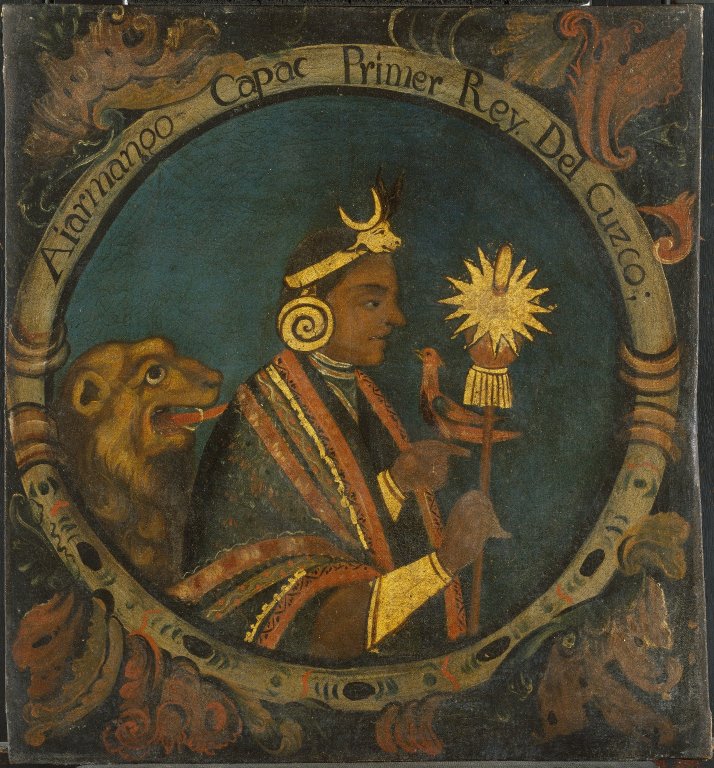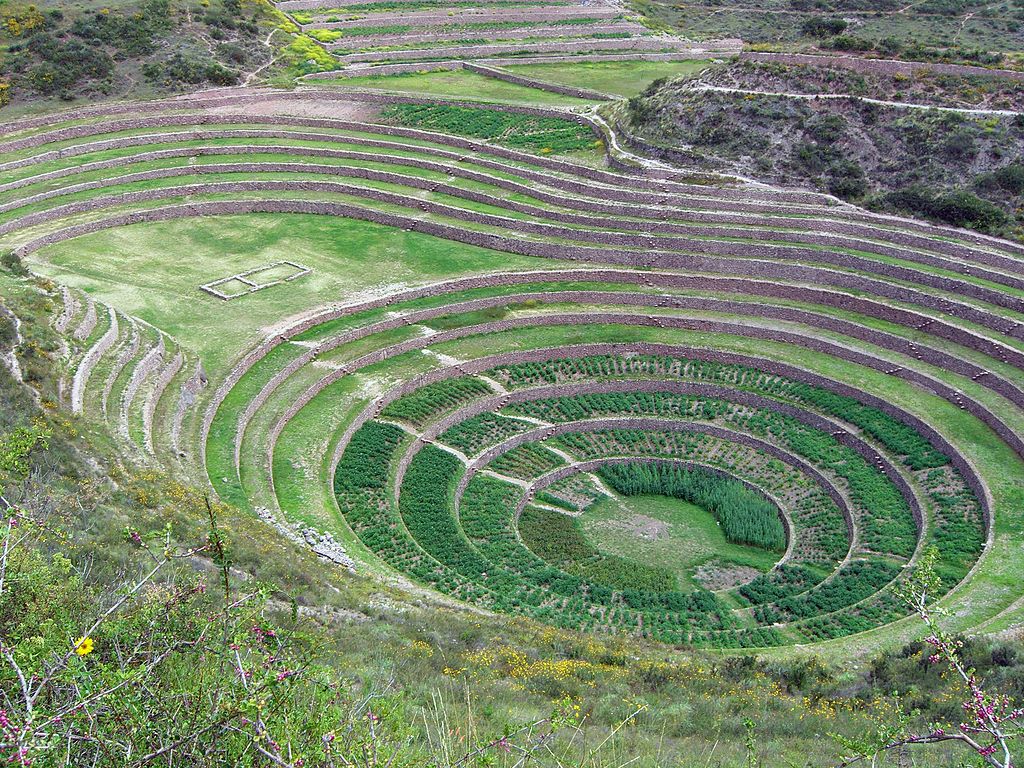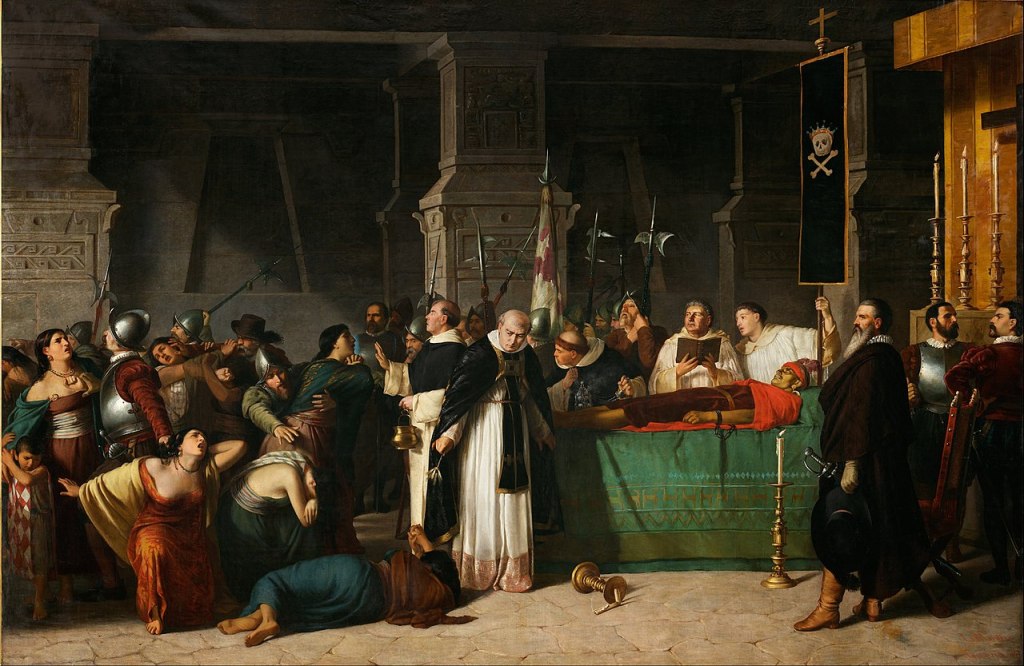The History of the Inca
Step into the majestic heights of the Andes as we embark on a virtual journey through the captivating history of the Inca Empire. Our website stands as a gateway to the heart of an extraordinary civilization that once flourished amidst the rugged peaks, terraced landscapes, and monumental citadels of South America.

Guided by historians, archaeologists, and researchers, our digital exploration unfolds the narrative of the Inca—from the sacred city of Cusco to the awe-inspiring Machu Picchu. Immerse yourself in a curated collection of scholarly insights, historical analyses, and cultural narratives that unveil the grandeur, complexity, and enduring legacy of the Inca civilization.
Discover groundbreaking research that delves into the engineering marvels of their architecture, the intricate precision of their agricultural terraces, and the sophisticated governance that marked their imperial rule. Whether you’re a history enthusiast, a student eager to delve into the past, or someone drawn to the awe-inspiring landscapes of ancient civilizations, our digital repository offers a comprehensive exploration of the unparalleled history of the Inca.
Engage with the ongoing dialogue that deepens our understanding of this remarkable civilization, where each stone carving, celestial observatory, and agricultural innovation contributes to the epic narrative of a people whose cultural achievements echo through the ages. Welcome to a space where the scholarship on the history of the Inca thrives, inviting you to explore, learn, and marvel at the enduring legacy of this extraordinary Andean civilization.
Overview

Click here for a Timeline of the Inca
The Inca were a highly advanced and influential civilisation that thrived in ancient South America, specifically in the Andean region, during the 13th to 16th centuries. They created a vast empire known as Tawantinsuyu, which encompassed a large portion of western South America, including modern-day Peru, Ecuador, Bolivia and parts of Colombia, Chile and Argentina. The Inca are renowned for their remarkable achievements in various fields, including architecture, engineering, agriculture and social organization.
Originating from the highlands of Peru, the Inca gradually expanded their dominion through military conquest and skillful diplomacy. At its peak, the Inca Empire extended over 2,500 miles and boasted a population of approximately 10 million people. The empire was characterized by a centralized government, a powerful military and an intricate network of roads and infrastructure.
The origins of the Inca can be traced back to the legendary first Inca ruler, Manco Capac, who is believed to have founded the city of Cusco in the early 13th century. The early Inca were primarily engaged in agriculture, mastering the art of terraced farming in the rugged Andean landscape. Their agricultural prowess allowed them to sustain a growing population and establish a surplus, contributing to the development of a sophisticated society.

One of the most significant achievements of the Inca was their architectural marvels. They constructed elaborate cities, temples and fortresses using massive stones that were precisely cut and fitted together without the use of mortar. The most famous example of their architectural prowess is Machu Picchu, a breathtaking citadel situated on a mountain ridge in modern-day Peru. Machu Picchu served as a royal retreat and religious centre, showcasing the Inca’s mastery of stone masonry and engineering.
To facilitate communication and administrative control, the Inca developed an extensive road system known as the Qhapaq Ñan. This network of roads spanned thousands of miles and connected various parts of the empire. The roads played a vital role in the rapid movement of troops, messengers and goods across the empire, contributing to the cohesion and efficiency of the Inca state.

The Inca society was organised into a strict hierarchical structure. At the top was the emperor, known as the Sapa Inca, who was considered divine and held absolute power. Below the emperor were the nobles and officials who governed the empire’s provinces and managed its affairs. The common people, known as the “Runa,” formed the majority of the population and were involved in agriculture, labour and military service.
Religion held a central place in Inca society and they worshipped various deities. Inti, the sun god, held particular significance as the ultimate source of life and prosperity. The Inca conducted elaborate rituals and ceremonies to honour their deities, often involving human sacrifices. Religious sites and temples were constructed throughout the empire, serving as focal points for worship and rituals.

The Incans also excelled in the field of agriculture. They utilized an innovative irrigation system to cultivate crops in the high-altitude terraces of the Andes. Maize, potatoes, quinoa and various other crops were grown in abundance, sustaining the population and enabling surplus food production. The Inca stored their harvests in granaries to prepare for times of scarcity or to support the empire’s armies during military campaigns.
Despite their many accomplishments, the Inca Empire ultimately met its demise with the arrival of Spanish conquistadors led by Francisco Pizarro in the early 16th century. The Inca, who were weakened by internal conflicts and the spread of diseases brought by the Europeans, were unable to withstand the superior weaponry and tactics of the conquistadors. Pizarro captured the Inca emperor Atahualpa and executed him, effectively ending the Inca Empire.

The Inca left behind a rich cultural and architectural legacy that continues to captivate the world today. Their remarkable achievements in engineering, agriculture and social organisation highlight their ingenuity and adaptability in the face of challenging geographic and environmental conditions. The remnants of their magnificent cities and infrastructure serve as a testament to the grandeur of the Inca civilisation and its enduring impact on the history of South America.
Topics


